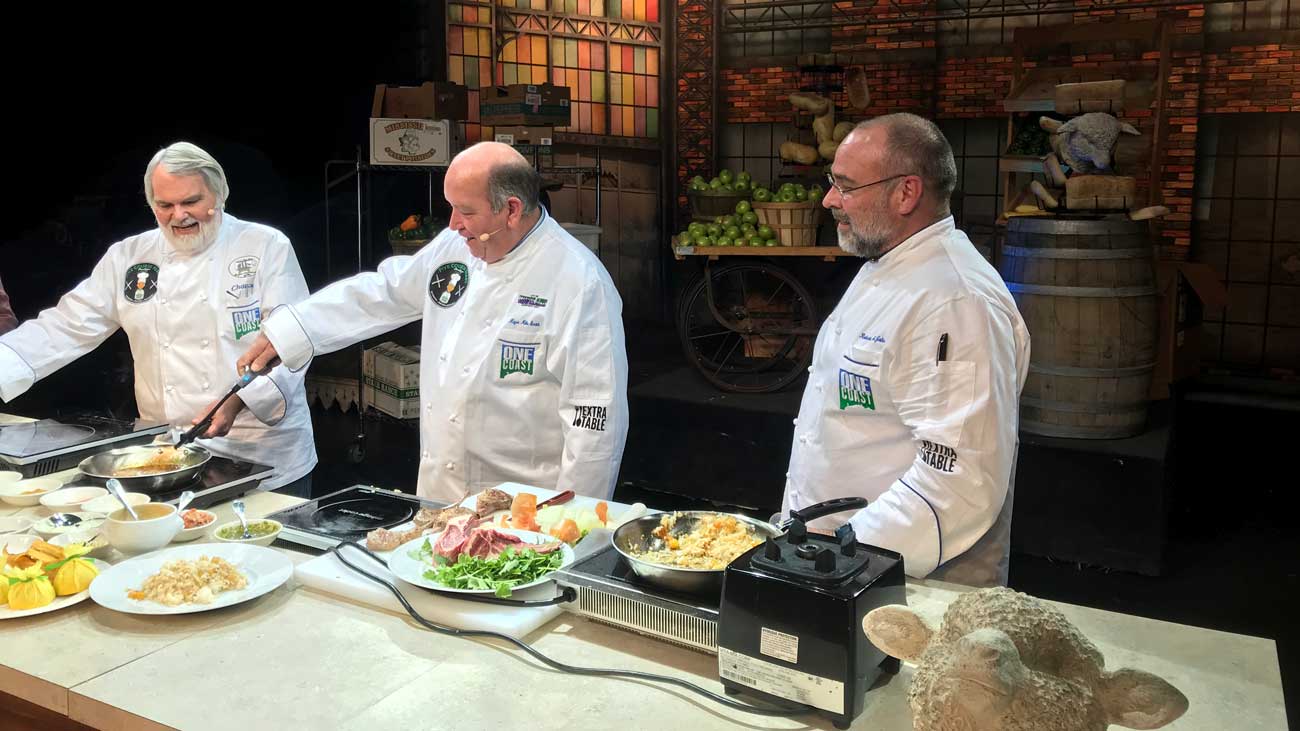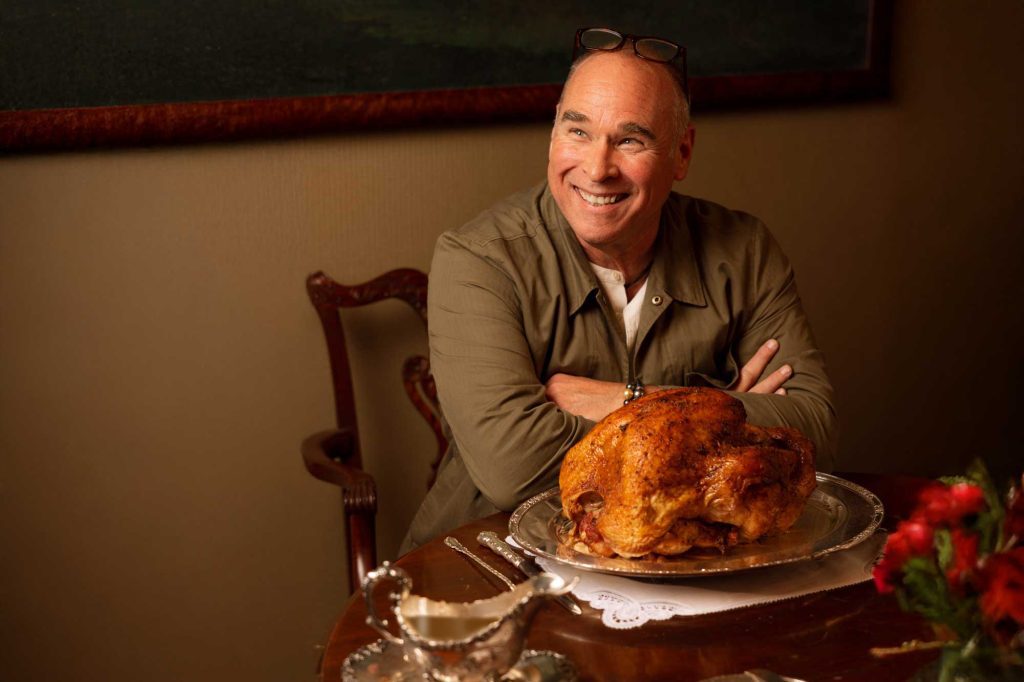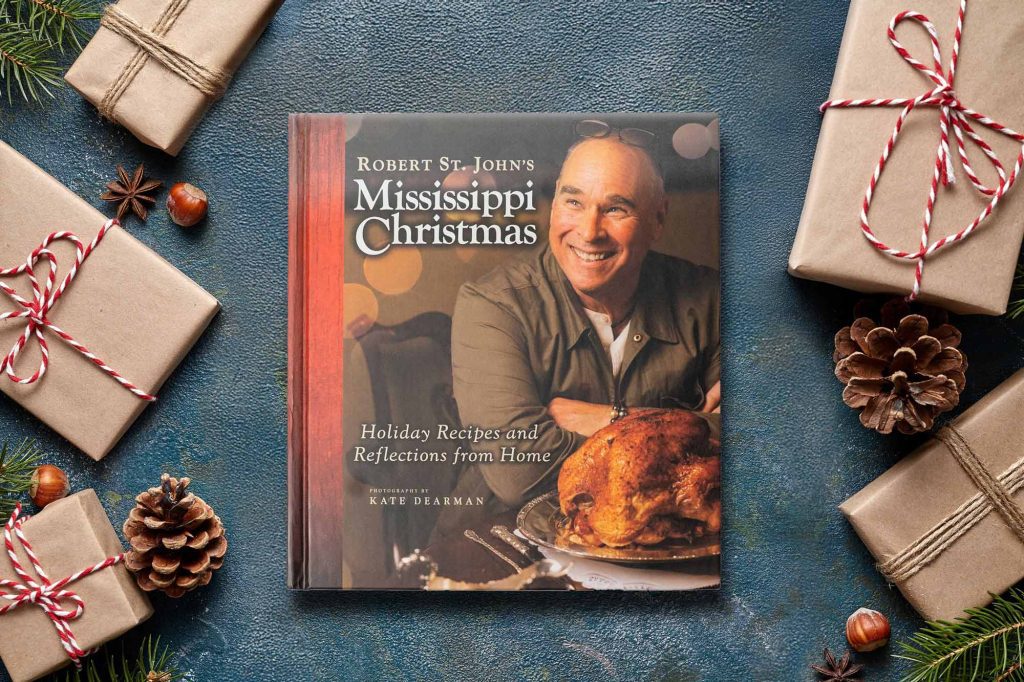There are two subjects I’d like to cover today: The good old days and clickbait. Let’s start with the latter.
Clickbait is Internet content, typically sensational or provocative, whose intention is to suck visitors into a certain webpage. It is a visual web-based enticement— usually in the form of a pop-up ad or Facebook/Twitter post based on one’s interests— that lures viewers to a site with the underlying purpose of getting them to eyeball an advertisement.
All one needs to do to get me suckered in to their website is offer a Beatles quiz, actually any rock-and-roll trivia quiz, or a top-10 restaurant or food list of any kind. When one of those pops up in my Facebook feed, I am as good as on their website. Other topics that I might click on have to do with college football, travel, and any nostalgia piece from the 1970s or 1980s. My wife is a sucker for a cat video. Seriously, if you want my wife to visit your website, just post a video with cats scaring each other, or falling off a counter, and she’s there.
That brings me to our other topic today— the good old days. I have never been a person who dwells in the past. And I don’t necessarily believe much of anything was better in the past than it is now. Even though I enjoy clicking on any nostalgic Internet remembrance of the 1970s, I don’t want to go back there. We had three television channels, bad clothes, and, every time I moved into a new apartment I had to lug all of my albums around in boxes absconded from liquor stores. Today I have hundreds of channels on my television, I can watch movies on my laptop, I don’t have to wear bellbottoms that are so big they cover my shoes, and I have access to millions of songs on my telephone which is not tethered to the kitchen wall.
In addition to cat-fail videos, my wife is also a sucker for any movie based in the 18th Century. If we are watching a period piece that has anything to do with something that occurred in the 1700s, especially a Jane Austen-type storyline or a narrative based in pre-French Revolution Paris, she is going to say— several times during the feature— “I would have loved to live back then.” To her, those are the good old days.
Not for me. No way. There was no air-conditioning, transportation was poor, there was basically no middle class and no means to move into an upper class (unless you were a character in a Jane Austen novel), there were no showers, poor healthcare, no toilets, primitive toothbrushes, no toothpaste, no deodorant, muddy roads, no electricity, and personal hygiene had to have been terrible. If there is anything of worth from that era I can see it in a museum. As for my wife living in the 18th Century, she is addicted to air-conditioning, always smells pretty, and she wouldn’t have been able to watch any cat videos. So, for her, in the end, it’s probably all about the clothes.
The perfect RSJ clickbait appeared on my Facebook timeline the other day. The post read, “Check out how much the family dinner has evolved over the last 100 years.” Of course I’m going to click on something like that. As I suspected, for the most part, even food is much better today. There are a couple of caveats: Many of the raw ingredients that were available to us years ago were better then than now. In the days when heirloom tomatoes were just called “tomatoes,” and they weren’t grown to be picked green and shipped thousands of miles so they could look perfect in a grocery store produce section, vegetables might have been better. In many ways, raw ingredients were also better years ago. Though today, we are moving back in that direction.
I will also concede that we have become too interested in convenience which has led to more processed foods. But seriously, I am a collector of old cookbooks and have hundreds from the first half of the 20th Century and much of the food our grandparents and their grandparents were feeding each other can’t hold a candle to the real food we eat today. Food preparation has improved, the availability and variety of food has improved, and— based on the old cookbooks in my collection— the flavor of food has improved.
From the boiled potatoes, canned peas, and ham with cream sauce of the 1920s to the TV Dinners of the 1950s and 1960s, we are better off today. At 55-years old, I have earned my old-man-gripe card can now say that today’s music is not as good as music in the past. But, since it’s 2016, I can listen to all of the good music on my iPhone, laptop, or radio anytime I choose.
Does that mean my grandmother’s leg of lamb can be bested? No. But, as a whole, we are better off today. These are the good old days for food, personal hygiene, music availability, and cat videos.
Leg of Lamb with Raspberry Mint Chutney
Preheat oven to 375
1 Leg of Lamb, bone in, about 6-7 pounds
12 cloves fresh garlic
1/4 cup olive oil
1 Tbl fresh chopped rosemary
1 Tbl fresh chopped thyme
3 Tbl kosher salt
1 Tbl fresh ground black pepper
Using a paring knife, cut 12 small pockets, spread out in the lamb leg.
Insert one clove of garlic into each pocket.
Rub the leg with the olive oil, the rub the herbs, salt and pepper over the leg.
Place the lamb in a large roasting pan, and place it in the preheated oven.
Roast for 30 minutes, then reduce the heat to 325 and continue to bake for 1 hour and 15 minutes to achieve a medium rare temperature. If using a thermometer, it should register 145 degrees.
Remove from the oven and allow the lamb to rest for 10 minutes. Slice thinly around the bone and serve with Raspberry-Mint Chutney.
Raspberry Mint Chutney
1 Tbl olive oil
1 /2 cup shallots, minced
1 Tbl garlic, minced
1 Tbl fresh ginger, minced fine
2 tsp curry powder
1 /4 tsp black pepper, freshly ground
1 /2 cup sherry
3 cups raspberries, fresh or frozen
1 cinnamon stick
2 cups chicken broth
1 bay leaf
1 cup mint jelly
1 tsp cornstarch
2 tsp water
1 /2 tsp balsamic vinegar
1 Tbl fresh mint, chopped
In a small sauce pot, heat olive oil over medium-high heat and cook shallots 3-4 minutes. Stir in garlic, ginger and seasonings, and cook 3-4 more minutes, stirring often. Do not let garlic brown. Deglaze with sherry and reduce by half.
Stir in 2 cups of the raspberries, chicken broth and bay leaf and simmer 15-20 minutes, until reduced by half. Stir in mint jelly and cook three minutes more, stirring constantly. Dissolve the cornstarch with the 2 teaspoons of water and stir it into the simmering sauce. Allow the sauce to thicken then remove from the heat and strain. Stir in the vinegar, fresh mint and remaining cup of raspberries.
Serve at room temperature.



